The Most Sustainable Vegan Leather Alternatives
While even the most common alternative to animal skin leather – conventional, synthetic PU – is less environmentally impactful to produce, there are new and innovative materials that are even less harmful to the planet. Let's explore them!

A graphic from Collective Fashion Justice and its CIRCUMFAUNA initiative
Before we get into the most innovative materials, just how impactful is animal-derived leather, compared to synthetic leather?
Even while synthetic leather is not the final solution to the fashion industry's woes, it is a material that is more ethical and less environmentally harmful than cow skin and other animal leathers.
The most common synthetic leather, polyurethane (PU), has a carbon cost that is about 7 times smaller than that of cow leather, and a water footprint that is about 14 times smaller, too. In fact, synthetic leather production even requires less fossil fuels!
What's more, these impacts relate to the most standard kind of PU leather, but in fact, there are many kinds of synthetic leather that have an even further reduced impact. The microfibre synthetic leather used across much of the shoes stocked at Vegan Style – like those from Zette, Ahimsa, and Brave Gentlemen – is often OEKO-TEX 100 certified, which means that the materials have been tested and certified to not include harmful substances. The same cannot be said for synthetic leather sold by many fast fashion brands, or for tanned animal skin, for that matter. What's more, other less impactful synthetic leather is now made with a water-based solvent rather than with chemicals, too.

The 'Ciara' heeled sandal from Zette, made of OEKO-TEX 100 certified vegan leather
What's more sustainable than making use of what we already have?
It's a good question, and it's a good time to talk about recycled vegan leather. Just like you can make a t-shirt out of recycled cotton, you can make a pair of shoes out of recycled synthetic leather. And that's exactly what plenty of brands do.
Using recycled materials reduces the amount of natural resources that are taken from our finite planet, and helps to keep fashion circular. This means less material sent to landfill!

The recycled 'Chelz' rain boots from Matt and Nat
The future of fashion: made of fruit
When fruit is grown and harvested for our delicious consumption, not all of it ends up in our juices and fruit bowls. Did you know that the leaves on pineapple plants are normally just discarded? Or that grape skins and stalks, as well as apple skins, cores and seeds are all discarded in the wine and juice industries? Fortunately, material innovation companies have a solution: vegan leather.
Today, there are companies making vegan leather from these otherwise wasted parts of fruits like grapes and apples. There are also companies using fruits considered 'too ugly', the 'wrong size', and the 'wrong shape', to make leather. You can now find vegan leather, embossed to be textured in the same way that crocodile skin is, made from otherwise wasted mangoes!
With this sort of waste, it's no wonder that 45% of all produce around the world is discarded between the field and the plate. Fortunately, this kind of material innovation is reducing the size of this disappointingly large problem, while making fashion more sustainable, too.
All of the fruity materials are only partly bio-based, with most of them being made of pulverised and dried fruit matter (or cacti), which is blended with polyurethane. Pineapple leaf leather, or Piñatex, however, is about 95% pineapple leaves, and is coated with a bio-resin made from fermented sugarcane.

The 'Daisy' boot from Good Guys Don't Wear Leather, made from apple leather
Making leather from trees – without cutting them down
The cork that you sometimes see used as the sustainable sole of sandals can also be used to make a vegan leather alternative. Cork trees, which are most often in Portugal, can be harvested of their bark without harming the tree and its continued growth. In fact, when cork trees are harvested, this allows them to bring in and store more carbon inside of them.
Thin layers of cork are placed together on a fabric backing (such as cotton) to be turned into a biodegradable leather alternative that is water repellent and sturdy. Cork can be dyed, embossed and coated.
As well as cork, a much more new and developing tree-based leather alternative exists, too. Treekind is made from wood from trees which have already died, or from parts of trees that have broken off. Treekind is another completely biodegradable option, and can even be home composted if put in the right conditions.

Cork leather, embossed to look like crocodile skin
Future leather made from fungi
Of course, a list of sustainable leather alternatives can't be complete without mention of vegan leather made from mycelium. Mycelium is the name of the root structure which normally grows underground, connecting fungi, or mushrooms.
This material is grown sustainably inside, in vertical farms that basically 'feed' the mycelium until it grows to the desired size for fashion production. Mycelium leather is often considered to be the best match for animal skin when it comes to flexibility, tactility and other performance and aesthetic-based measures.
Mylo Unleather's 'mushroom leather' has been used by Stella McCartney, while MycoWork's same (but slightly different) material has been used by Hermès.

Mylo Unleather from Bolt Threads
So which vegan leather is the most sustainable?
There's no doubt that the sustainability credentials of vegan leather are only going to keep improving. Too, there will certainly be new kinds of vegan leather that we aren't aware of yet.
The ultimate sustainable, vegan leather will be one which looks and feels exactly like animal leather, but without using animals, plastic, or substances that render the material non-biodegradable.
At the moment, different vegan leathers have different benefits – cactus leather is increasingly easy to access, makes use of sustainable agriculture, and reduces the amount of synthetics in leather alternatives. Mango leather reduces fruit waste and feels beautiful. Neither, however, eliminate synthetics. Cork leather is ultra sustainable, but too rigid for some garment types. Recycled vegan leather is great for reducing waste too, but won't ever biodegrade. You get the idea – even while they are all more sustainable than animal leather, there are pros and cons to all of these materials.
So long as we are progressing as a fashion industry, and working to make sustainable, ethical choices, we're going in a great direction.

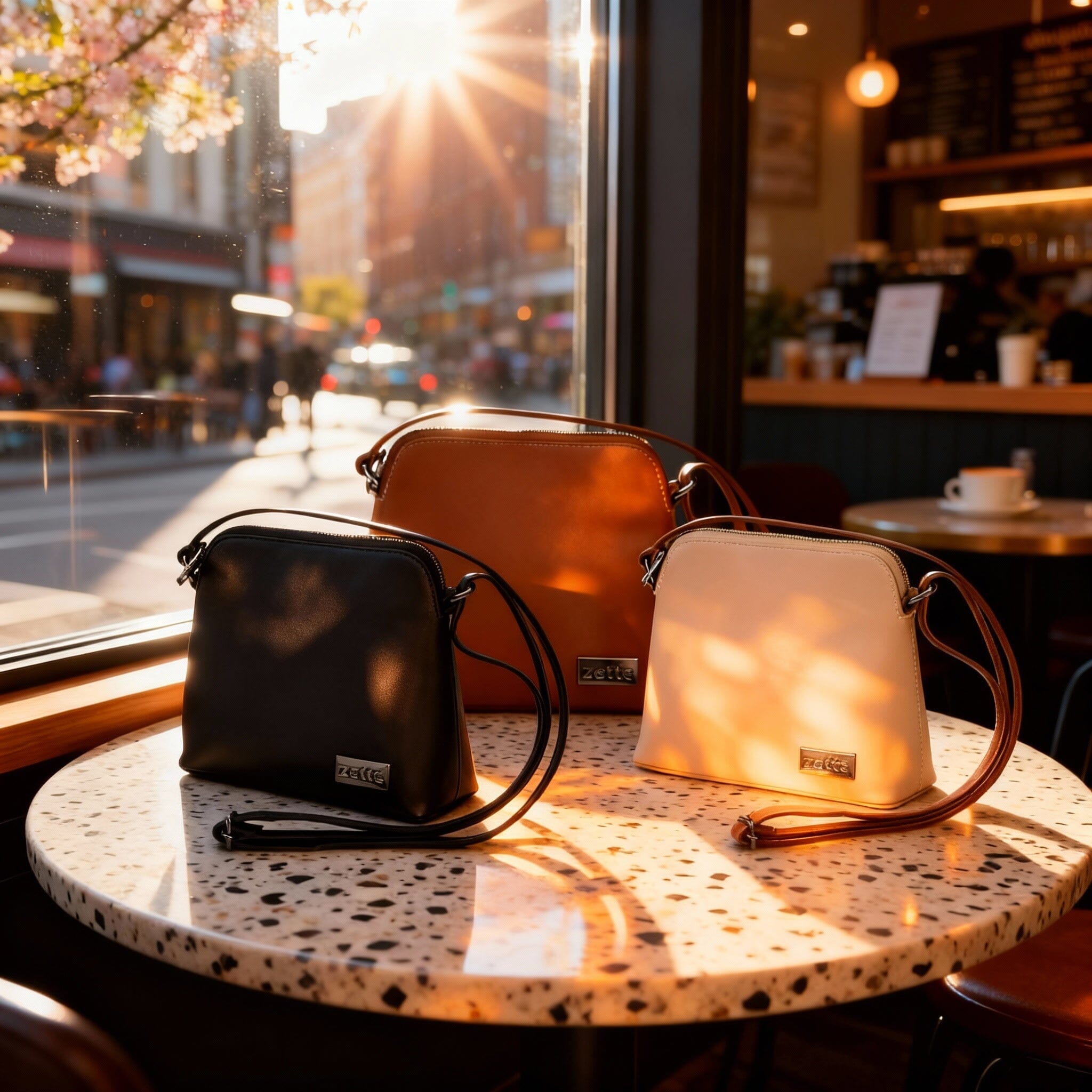


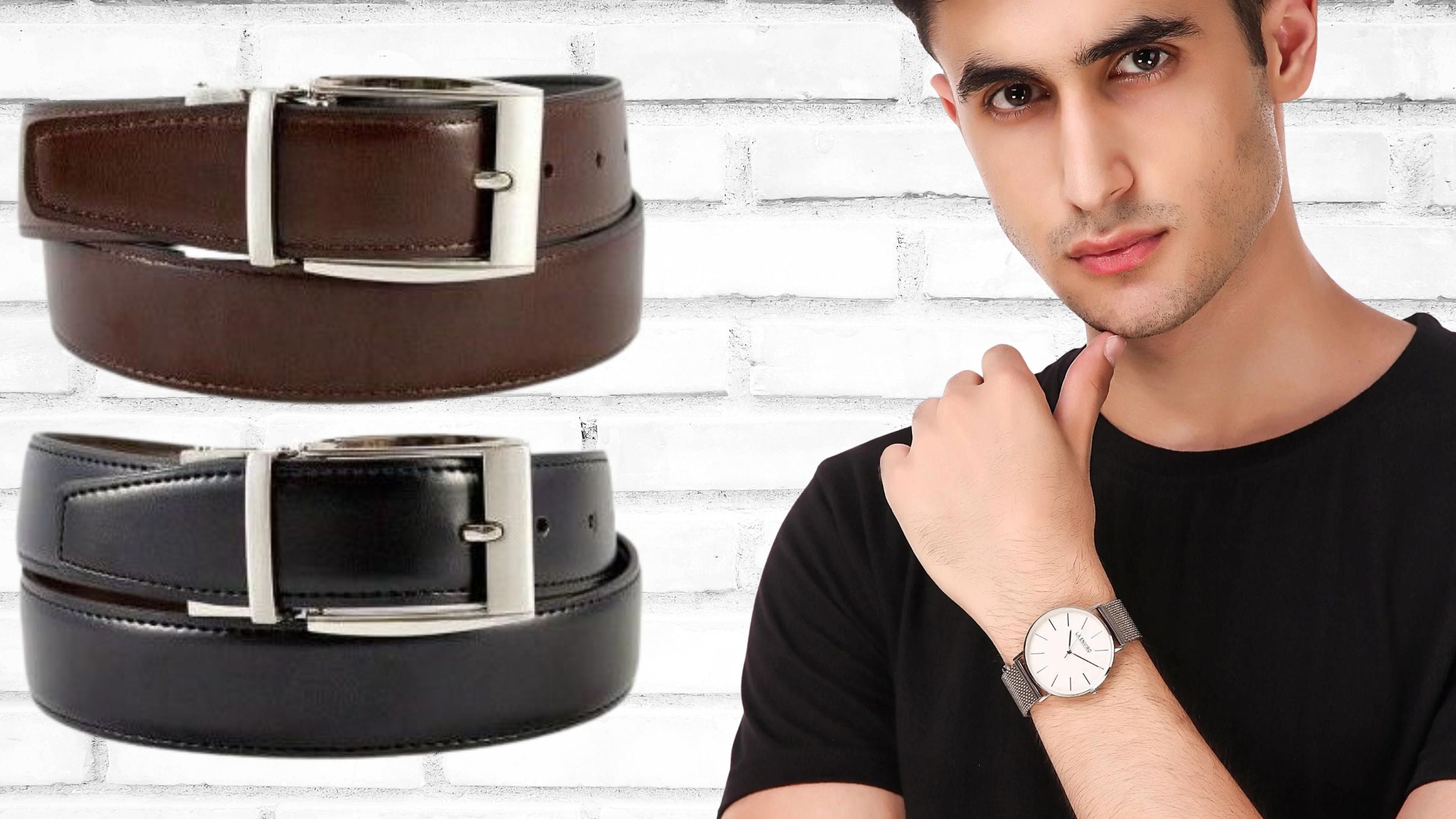
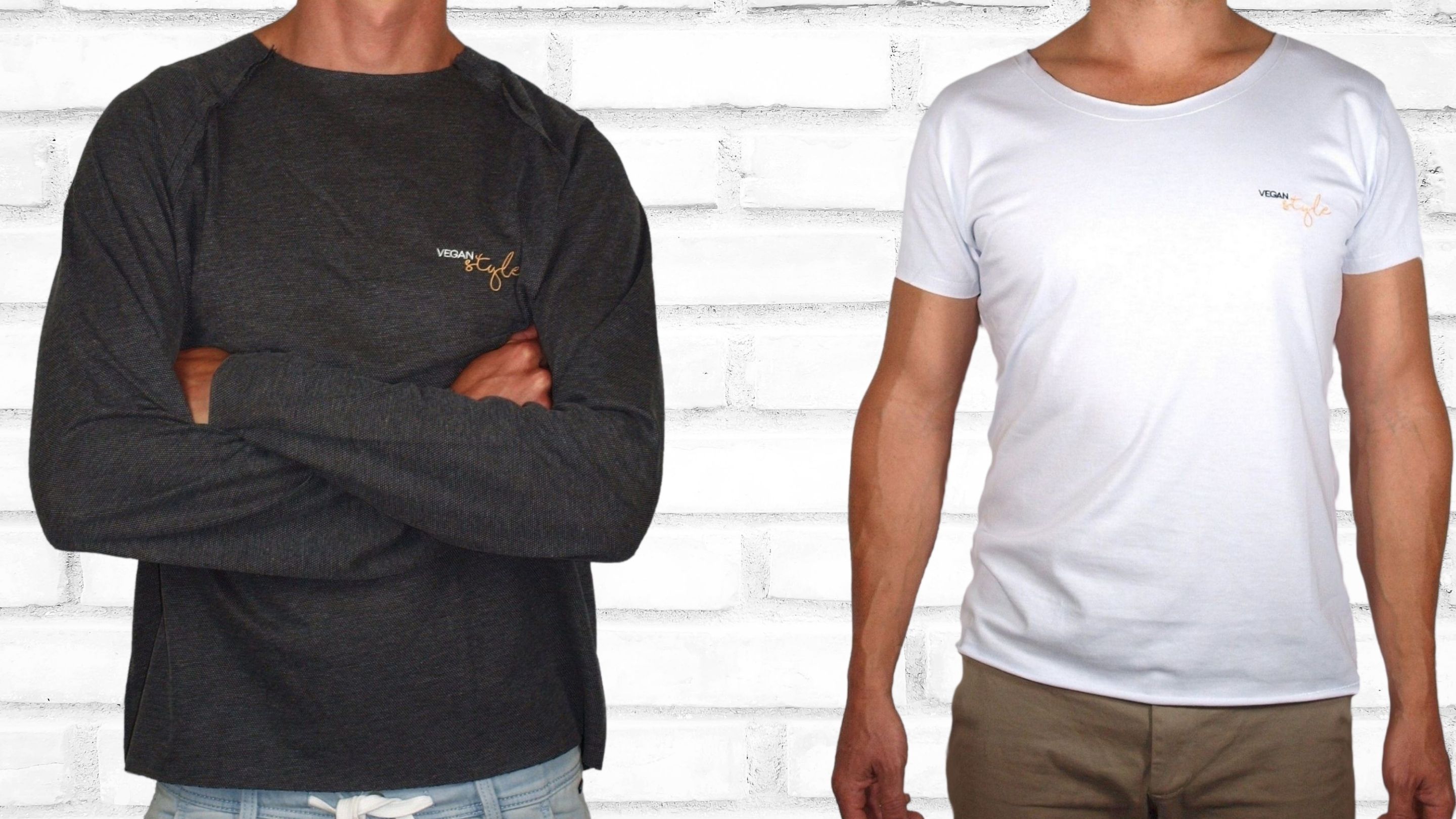
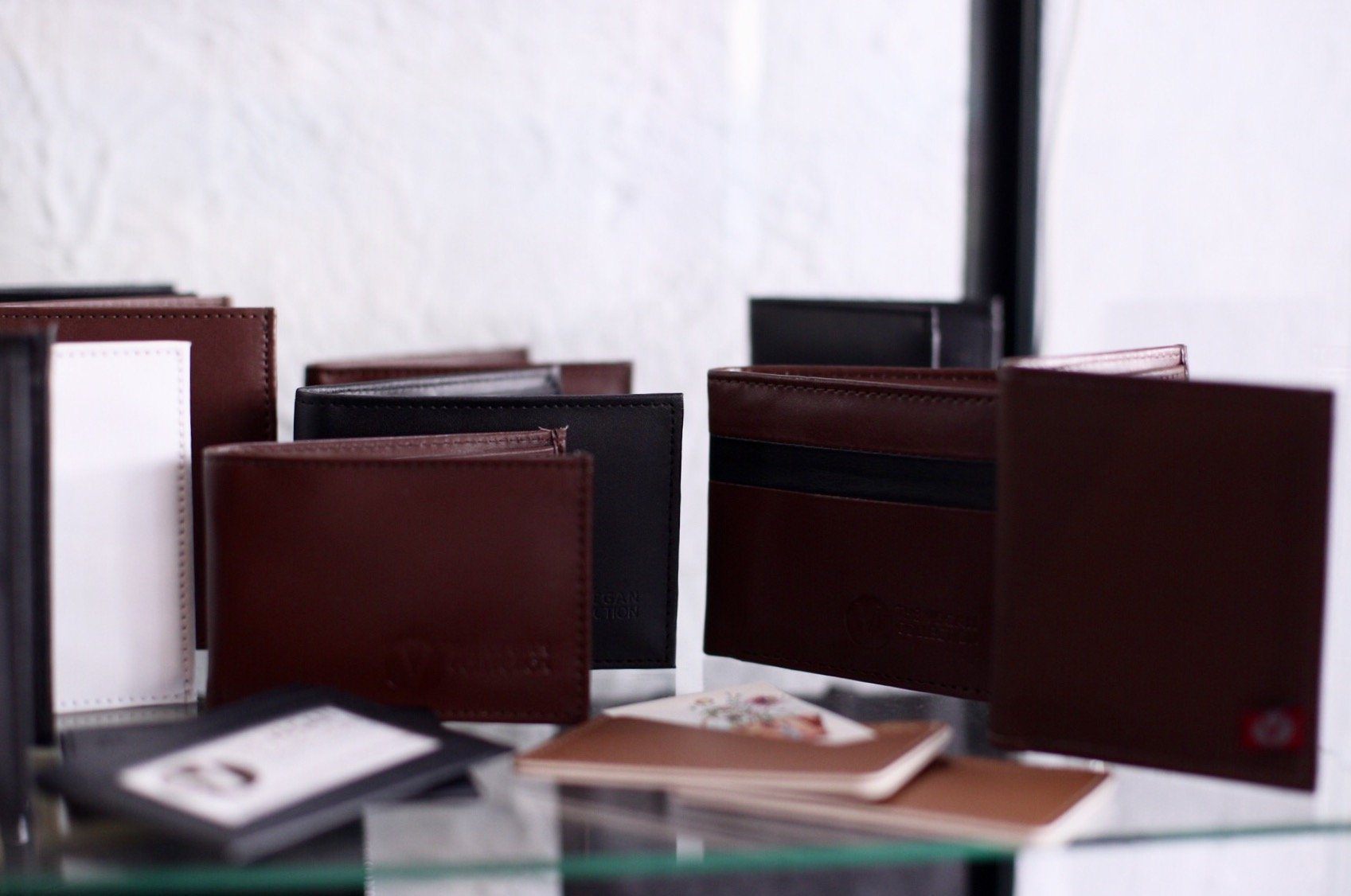
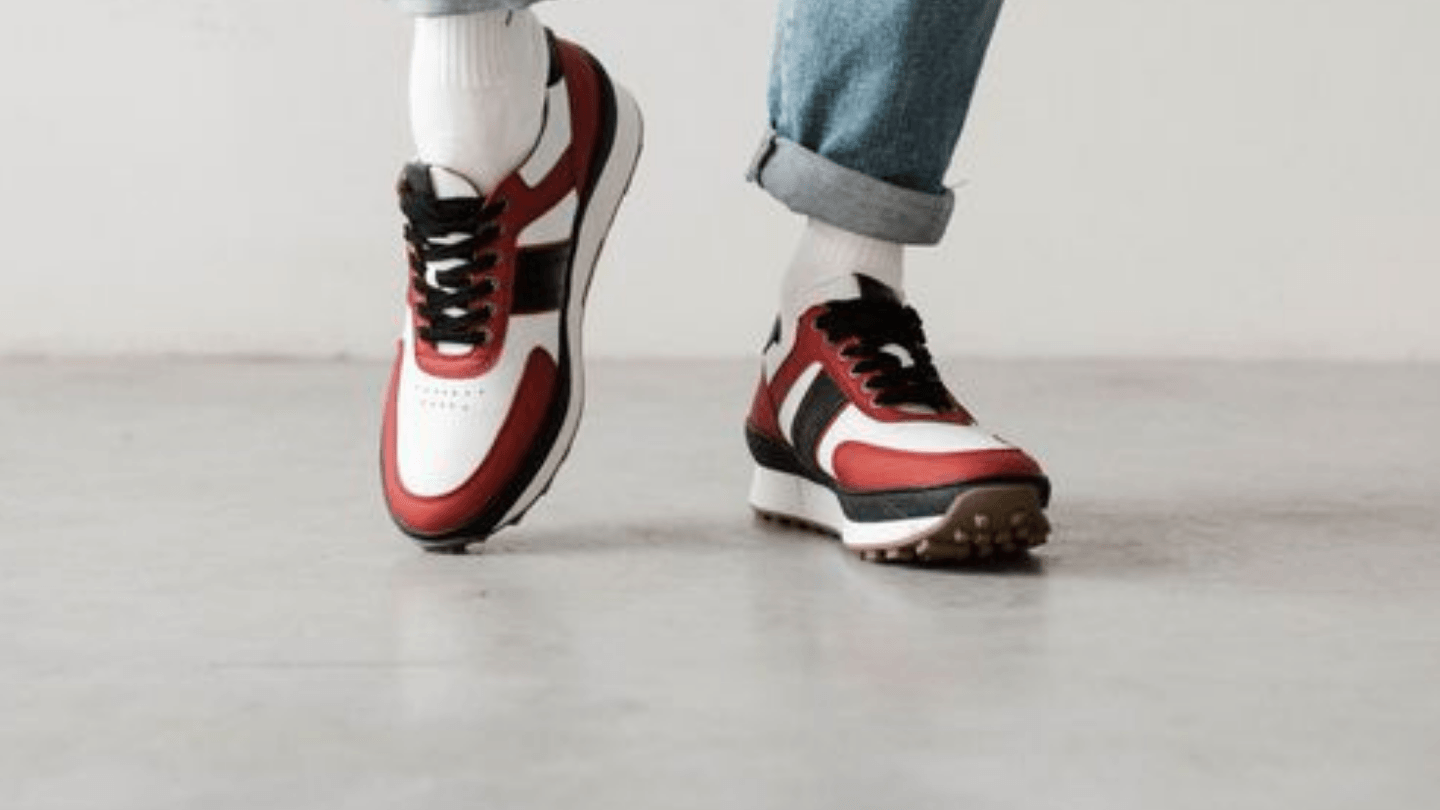
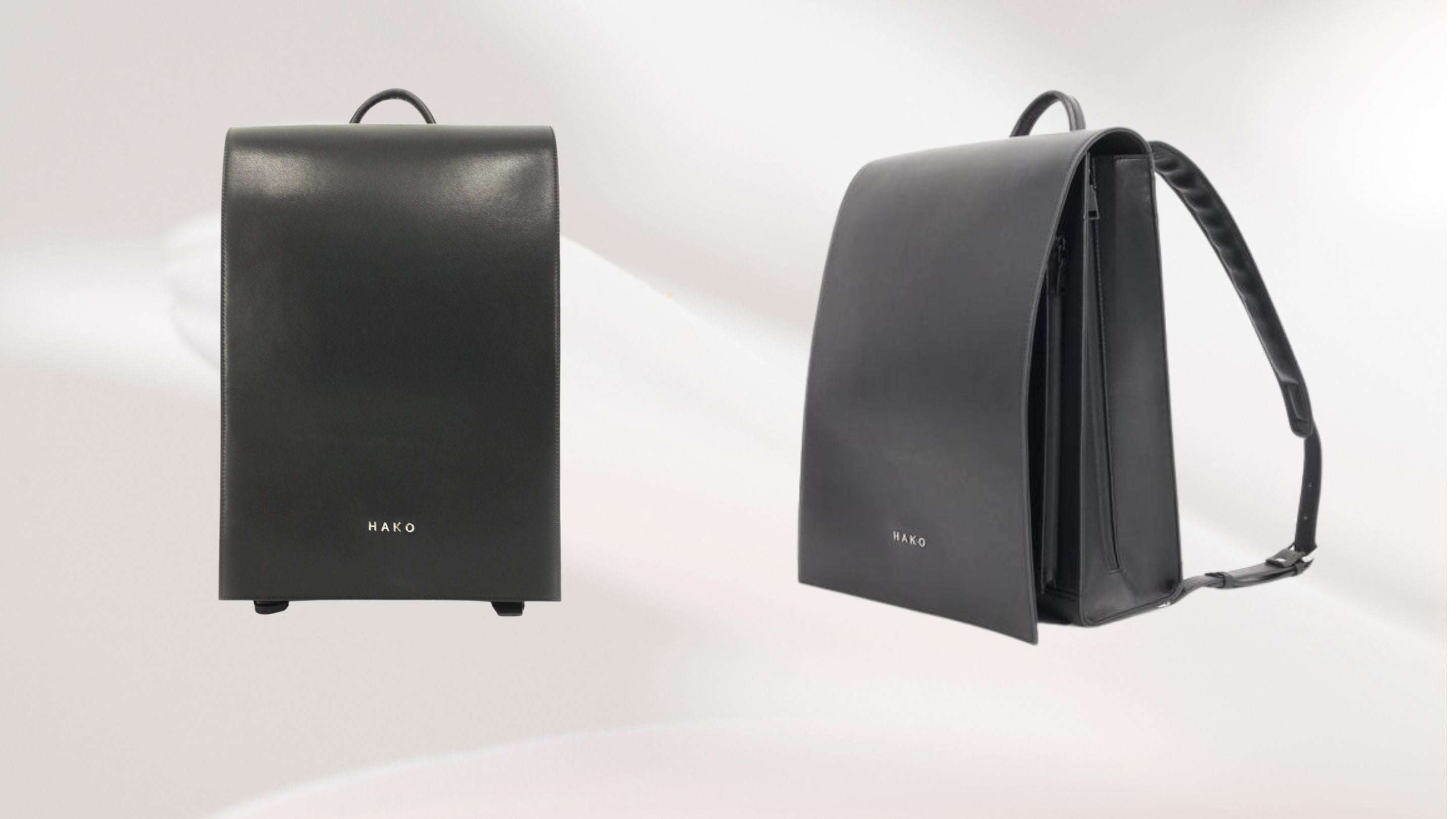
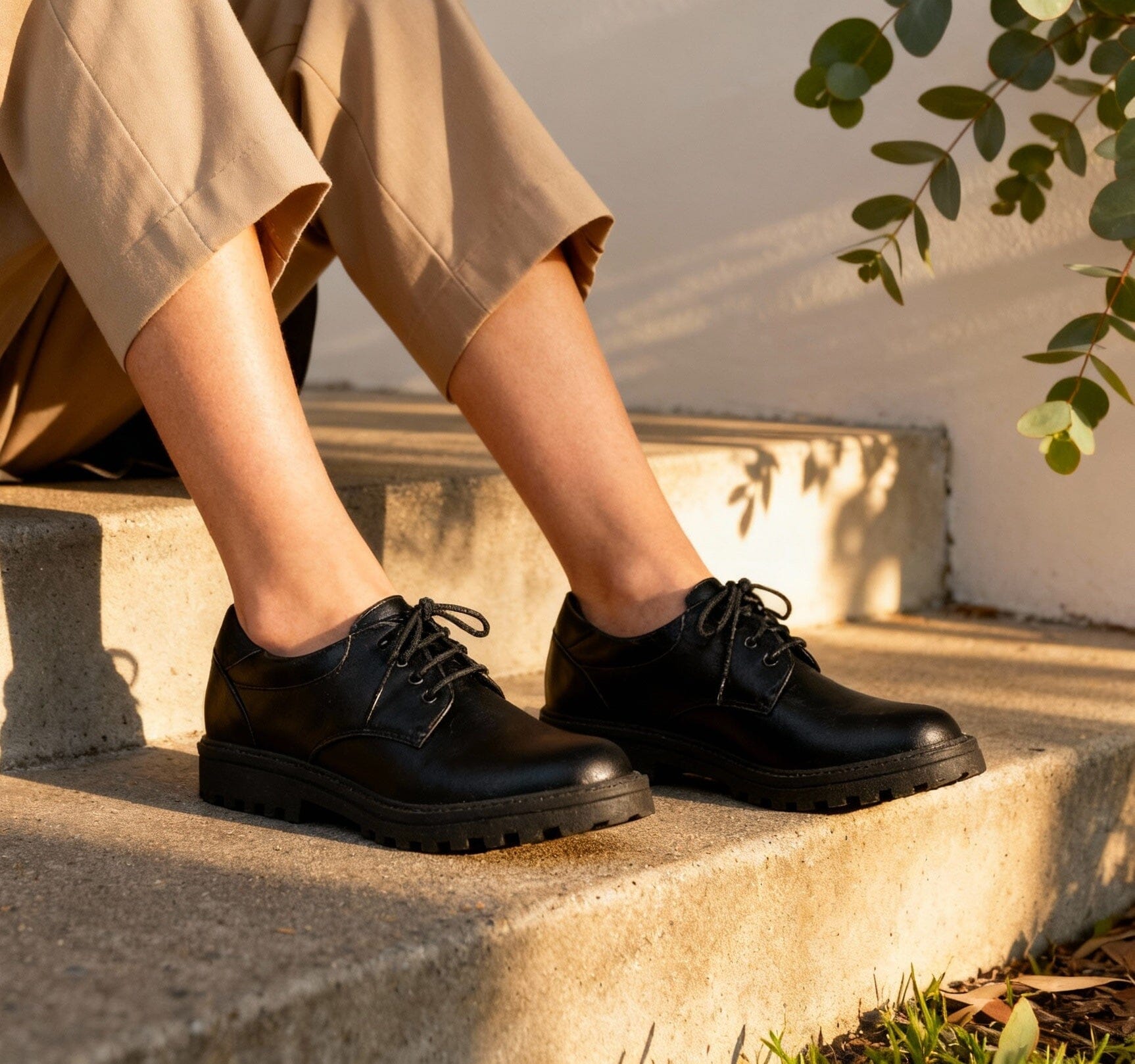






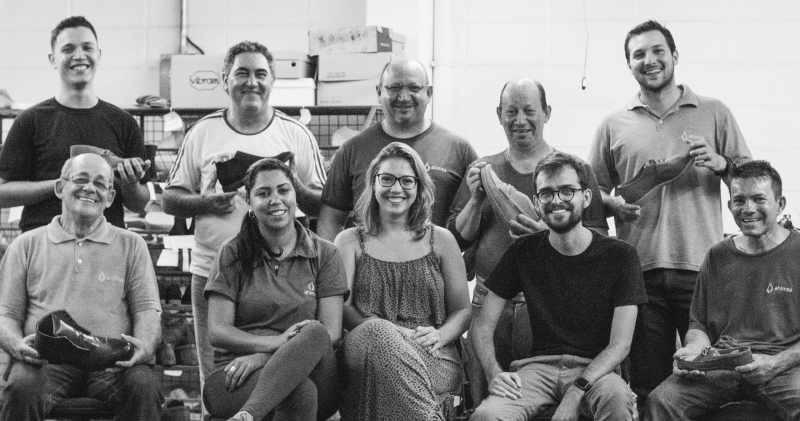

Leave a comment